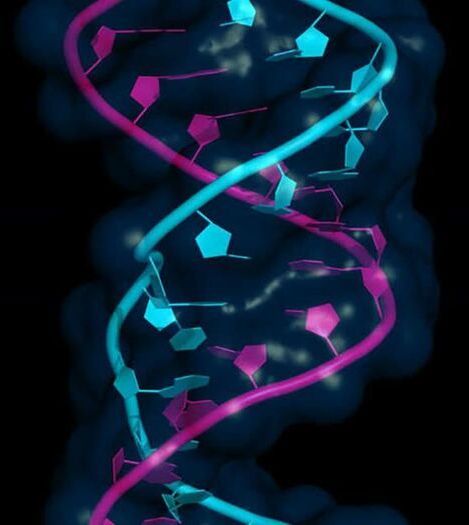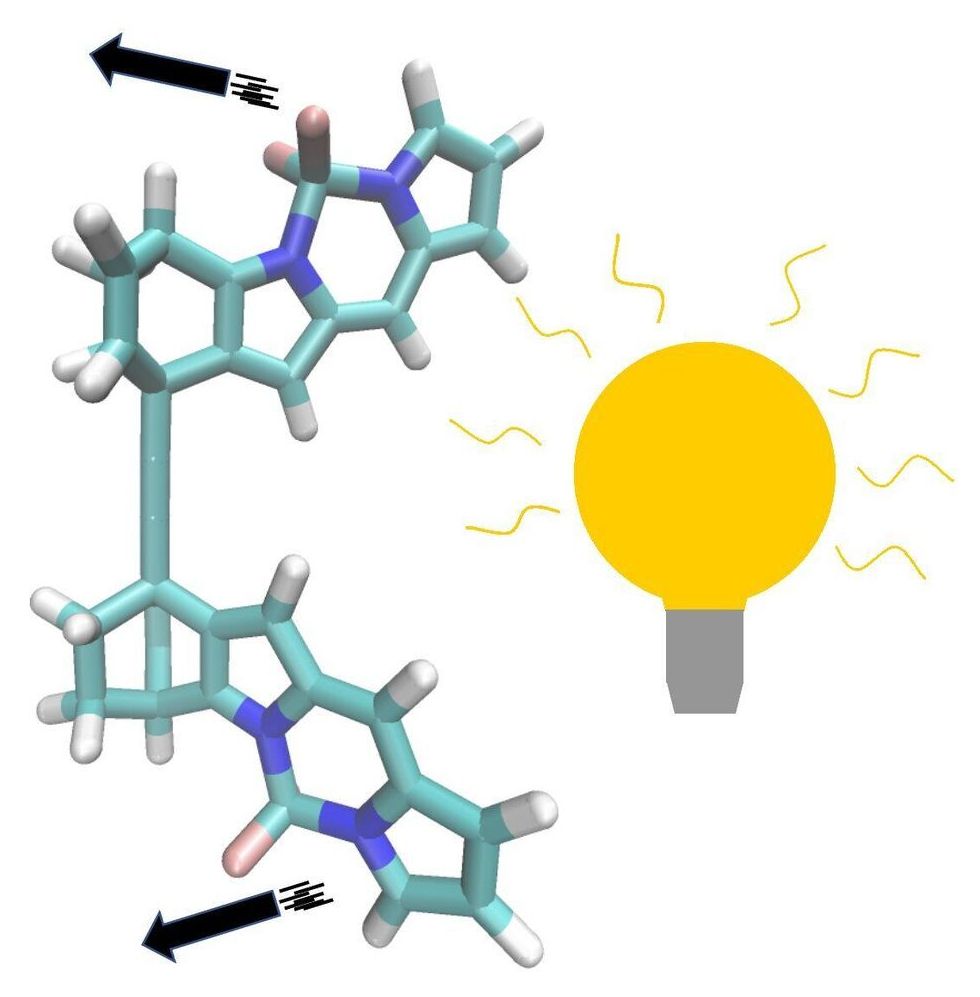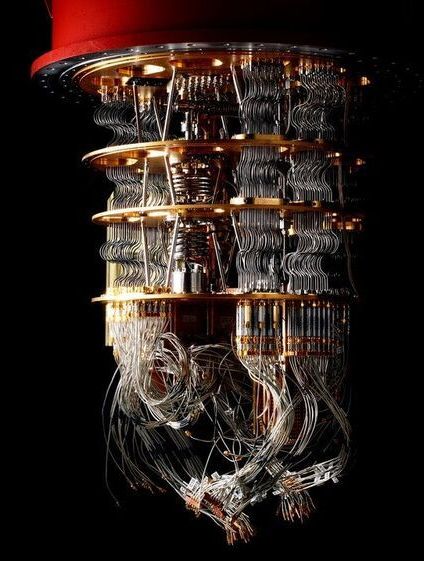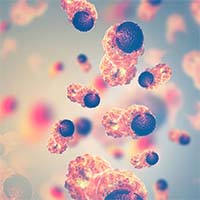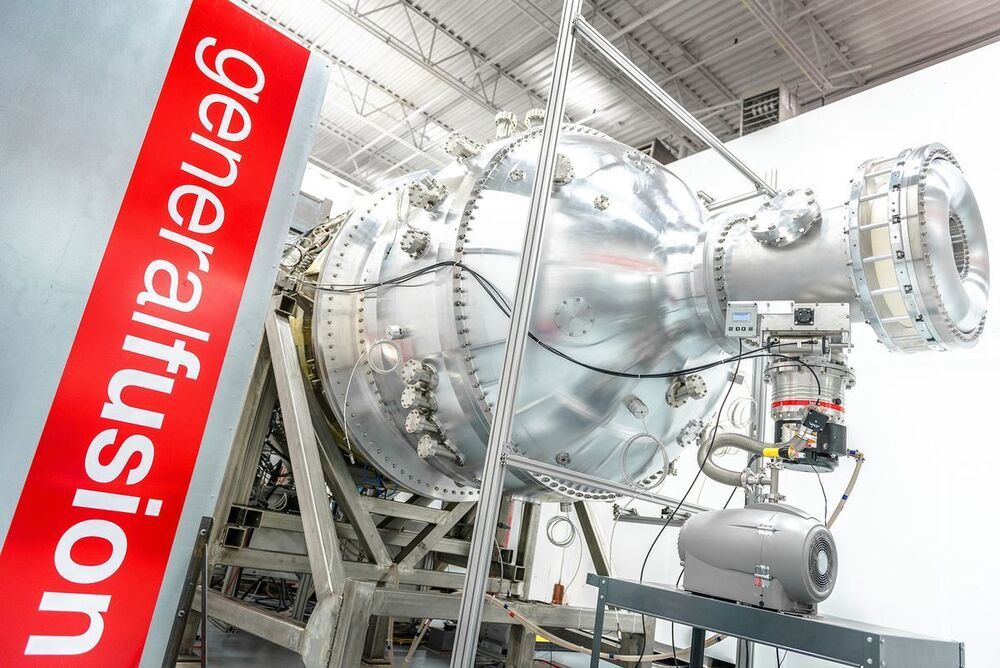“Well, it has to do with our technology,” said Hoge. “We use something called messenger RNA, or mRNA for short. It’s really just an instruction molecule, kind of like a software program for your cells. It just sends instructions about what the virus looks like to your immune system. So just like a software program, or a Word document, we can simply edit something, change it, and then manufacture it very, very quickly.”
He makes it sound so easy, but it’s taken more than a decade of research, and many technological hurdles. Now, the company has some big plans. “We’ve had an incredible year using messenger RNA to fight a pandemic,” Hoge said. “But we think we’re just starting in the infectious disease space, And so, there’s a large number of other vaccines we’re bringing forward.”
Moderna’s research pipeline includes everything from an HIV vaccine, to heart disease treatments, to vaccines for different kinds of cancer, including lymphoma and melanoma.
